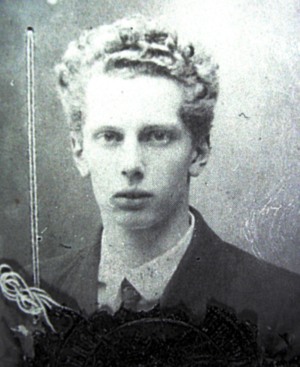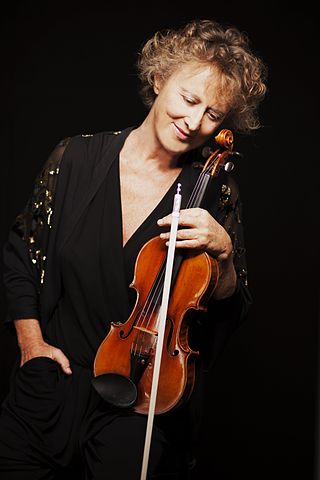Related Research Articles

A chaconne is a type of musical composition often used as a vehicle for variation on a repeated short harmonic progression, often involving a fairly short repetitive bass-line which offers a compositional outline for variation, decoration, figuration and melodic invention. In this it closely resembles the passacaglia. It originates and was particularly popular in the Baroque era; a large number of Chaconnes exist from the 17th- and 18th- centuries.

Vincent Ludwig Persichetti was an American composer, teacher, and pianist. An important musical educator and writer, he was known for his integration of various new ideas in musical composition into his own work and teaching, as well as for training many noted composers in composition at the Juilliard School.

Boris Blacher was a German composer and librettist.

Angelo Gilardino was an Italian composer, guitarist, and musicologist.
Arnold Atkinson Cooke was a British composer, a pupil of Paul Hindemith. He wrote a considerable amount of chamber music, including five string quartets and many instrumental sonatas, much of which is only now becoming accessible through modern recordings. Cooke also composed two operas, six symphonies and several concertos.
Harald Genzmer was a German composer of classical music and an academic.
The Sonata for guitar, Op. 47 is a composition by Alberto Ginastera. This sonata was written in 1976 for the guitarist Carlos Barbosa-Lima. The composer subsequently revised the work twice: first in 1977–78, then again in 1981. It is the only original composition for guitar by Ginastera.
Jacques Castérède was a French composer and pianist.

Renate Eggebrecht was a German violinist and record producer.

To a greater extent than most other instruments and ensembles, it is difficult to compose music for the guitar without either proficiency in the instrument or close collaboration with a guitarist. As a result, a large part of the guitar repertoire consists of works by guitarists who did not compose extensively for other instruments. Music prior to the classical era was often composed for performance on various combinations of instruments, and could be adapted by the performer to keyboard instruments, the lute, or the guitar. Since the beginning of the 20th century, however, a significant amount of music has been written for the guitar by non-guitarist composers.
Timo Korhonen is a Finnish classical guitarist and is one of the most distinguished classical guitarists in his generation.
Léon Orthel was a Dutch composer, pianist and teacher.

Pierre Froidebise was a Belgian organist, composer, and musicologist.
Carl Frederick Dolmetsch (1911–1997) CBE was a French instrumentalist who specialised in the recorder.